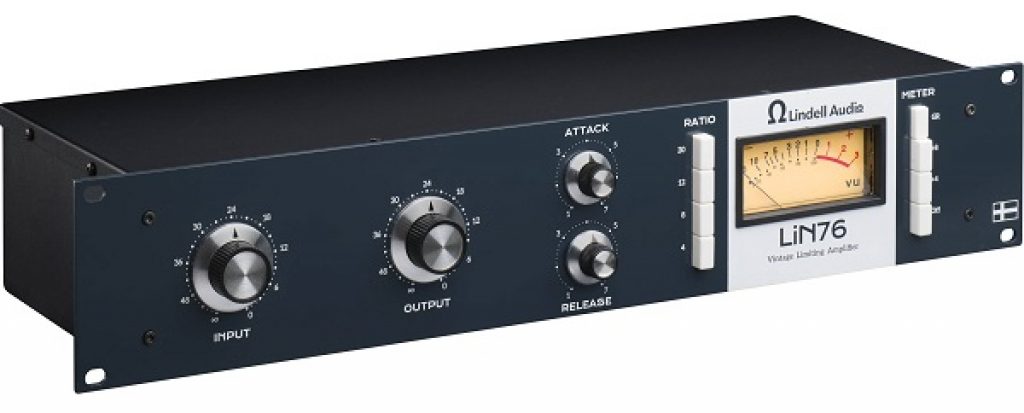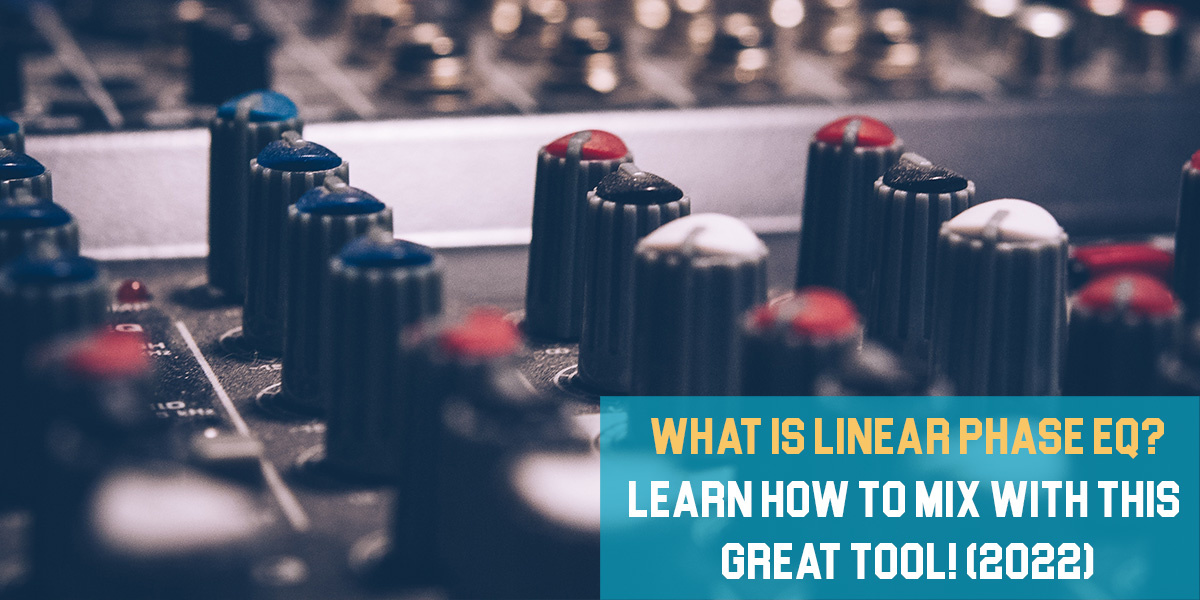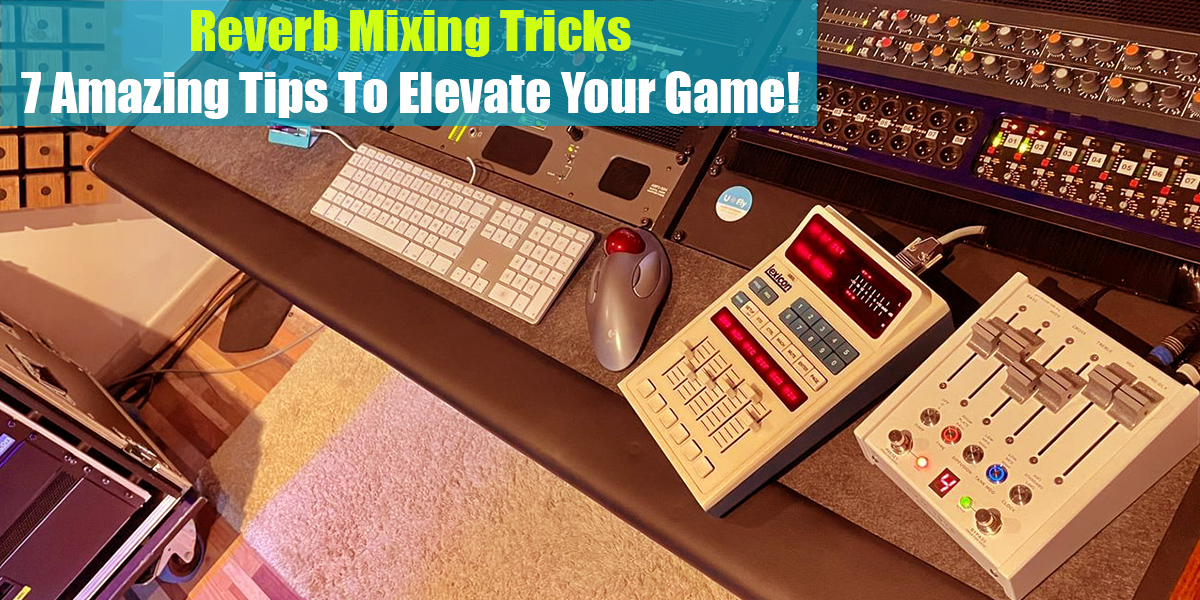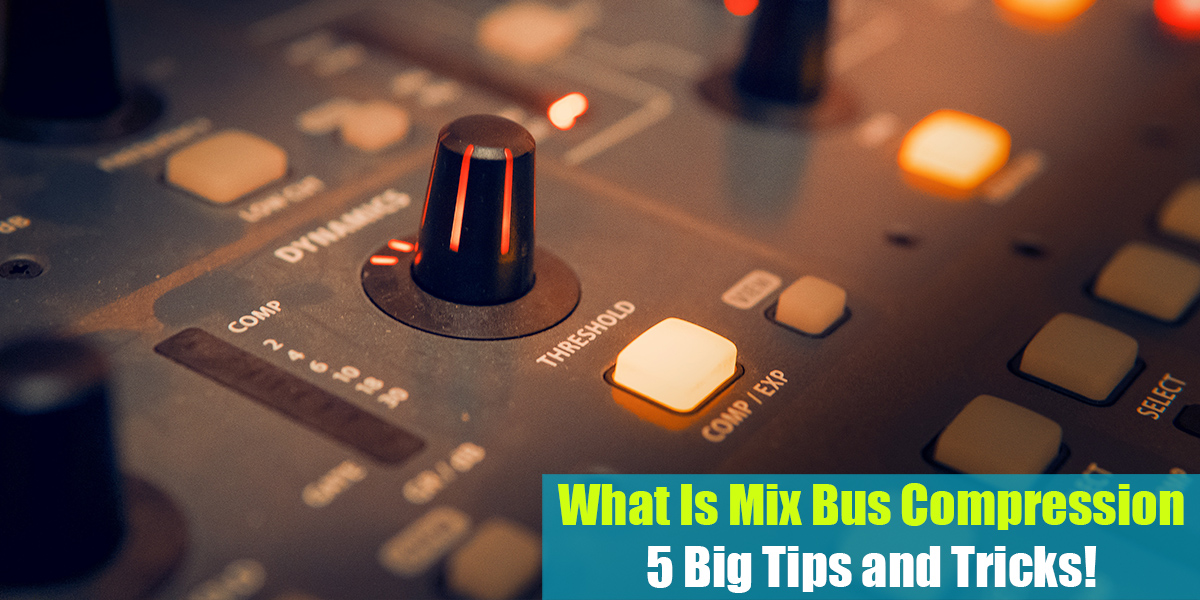Lindell Audio LiN76

- Format: 19″ / 2U
- Enclosure depth: 250 mm
- Weight: 8 kg
- Incl. external power supply (12V DC)
Lindell Audio LiN76 Review
The 1176 compressor is one of the most used—and some might say abused—compressors of the last century. It has shaped countless legendary records, and even though it’s now considered a vintage unit, it still plays a vital role in modern music production. The downside is that original 1176 units are now incredibly rare, and if you do manage to find one, it’ll likely cost you a small fortune.
That’s why many developers are working hard to recreate this classic model, aiming to capture its unique sound while making it more affordable. One such developer is Lindell, who offers the LiN 76—a very faithful clone of the original 1176.

LiN76 Features
Lindell Audio founder Tobias set out to capture the classic sound of 1970s dynamic processors with the new LiN76, faithfully recreating features like the famous ‘all-button mode’ made popular by British recording engineers. This mode essentially changes the ratio to roughly 20:1, but it also alters the circuit’s bias and the way the controls interact with each other.
As a result, the LiN76 becomes much more aggressive in character. Its response knee flattens out into a plateau instead of a gentle curve, giving it a more forceful, dirty tone and a punchier attack. Under normal settings, the attack is fully variable from 20 ms to 800 ms, the release ranges from 50 ms to 1200 ms, and the ratio options are 4:1, 8:1, 12:1, and 20:1.
One standout feature of the LiN76 is its ability to emulate the legendary All-Button mode—a technique discovered by accident that led to an aggressive, iconic sound used by many engineers in the 1970s. This effect is created by pressing all four ratio buttons (4:1, 8:1, 12:1, and 20:1) at once.
Engaging this mode produces a ratio somewhere between 12:1 and 20:1, shifts the unit’s bias, and alters both attack and release times. The resulting compression curve creates an overdriven tone and adds a slight lag to the attack of initial transients, delivering a unique punch and a gritty, explosive response—especially when compressing drum overheads and room mics.

The LiN76 brings the classic look and feel of the 1970s into 2022 with style. Weighing a solid 8kg, it features an analog VU meter with a calibration screw on the rear panel, along with satisfyingly large silver knobs to control input and output levels, as well as attack and release times.
Classic-style dynamics processing continues on the front panel, where the prominent VU (volume unit) meter displays the amount of gain reduction, depending on the selected meter mode. “Off” is self-explanatory, while “GR” lets you calibrate the meter—just turn the calibration screw on the back panel until the needle sits at 0, making sure no ratio buttons are engaged beforehand.
On the back, both output and input are balanced line-level TRS (Tip, Ring, and Sleeve) connections, completing an easy-to-use, solidly built 19-inch rack-mountable (2U) package. It’s powered by a 12V 5A AC switching supply (adaptor included), and the unit’s 8kg weight helps deliver that authentic vintage-vibe dynamics processing for today’s demanding recording studios.
Analog and digital signals operate on completely different scales, but you can calibrate the LiN76 however you like. You’ll find the calibration can be set and used precisely, rather than just being a decorative moving light (as on some other gear). Many 76-style compressors lack proper calibration tools, making their VU meters ineffective for accurate metering. With the LiN76, you can calibrate the meter for any level, any time!
- Authentically replicates the tone of 1176
- High-quality design that uses USA-made transformers
- Sleek vintage-style VU meter to monitor your levels
- Variable attack and release times
- 4:1, 8:1, 12:1, and 20:1 ratio modes + All button mode
- Balanced TRS inputs and outputs
Why You Need the LiN 76
If you’ve used all your VST plugins and want to try something new without spending a fortune, the LiN 76 is a great choice! It’s an excellent tracking compressor, especially for signals like bass guitar and vocals.
If you’re looking to smash a mono drum room mic or use it on a parallel bus, it works really well for that too—especially at higher ratios. The “all buttons in” mode delivers that classic 1176-style compression, and it does it really well. When it comes to build quality, the LiN 76 feels much more expensive than it actually is.
Conclusion
Overall, this is a really great unit to have. While there are other similar options available, you can easily choose this one because it’s incredibly affordable. Rest assured, it will get the job done—no doubt about it!
If you have any questions about this unit, feel free to reach out to us for more information or contact the developer directly!







Hi what’s the noise floor like on this thing I know it’s cheap but it matters lol
Hi Jermaine,
Hope this video helps:
https://www.youtube.com/watch?v=WJ61R69ifjE
Bests!